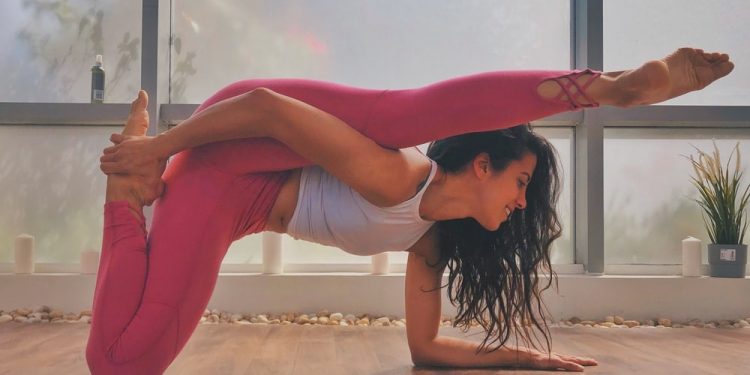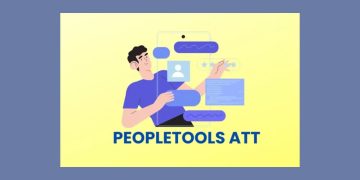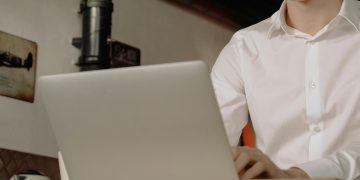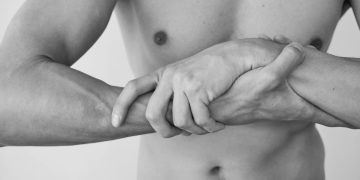If you’re looking for a workout system that’ll offer flexibility, lean muscle, posture alignment, strength, and help reduce body aches and pain, then Pilates practice is what you need.
Pilates is a workout system originally invented as a solution to injury recovery for dancers. However, it was later made clear that everyone can benefit from it.
Pilates practice entails using lower back and core muscles, concentration on exercise movement, precise and steady movement, and controlled breathing. It’s mainly performed on a designed bed-like structure known as a reformer or on a mat. It’s said that Pilates is more suitable for muscle leanness than muscle growth too.
Performing Pilates practice by yourself can be challenging as there’s no one supporting or guiding you. This can make you feel like you’re not getting much from your sessions. Fortunately, this post offers practical tips to help improve your Pilates practice. Keep on reading to learn more.
-
Slow Down Your Pace
Reducing the pace of your exercises increases your muscle contracting time. This means your muscles will work more with the same number of reps. Generally, when you do the exercises faster, the bigger muscles are the ones involved in completing the reps faster. However, when you do the same exercise slowly, the bigger muscles get tired faster, and the body is forced to engage smaller muscle groups to help finish the exercise.
Slowing down the movements helps make the exercises more challenging and impacts both your bigger and smaller muscle groups. This can apply to all Pilates exercises.
If you slow the exercises but don’t feel the impact, try switching your angles to find the most challenging position and hold on to that angle. This will help intensify the challenge, thus helping you gain more strength. If maintaining the angles is challenging, consider investing in a Pilates reformer machine for home use to help maintain tight angles.
-
Engage Your Muscles
This mainly affects beginners because they find some exercises too hard or easy. The main reason for finding exercise too easy is being unable to engage the right muscles and posture. Therefore, learning to engage the right muscle and posture for each exercise is essential. The best way to know if you’re engaging the correct muscle is by touching the muscle to feel if they’re firm.
When you learn to engage your muscles, you’ll find that even the basic exercises are challenging because you need to work out individual muscles. This helps you improve your Pilates practice and get the most out of your sessions.
-
Reduce Resting Time Between Exercises
Long rests are said to be unhealthy during at-home workout sessions. This is because they allow your muscles to relax and contract, making it difficult to continue your exercises for a longer period. Reducing the resting period helps keep your muscles active, allowing you to work out longer and get the most out of your sessions.
You might not notice this, yet you may take long breaks trying to figure out the details of a certain exercise. While it’s essential to perform your exercises perfectly, working consistently with minimum rest will benefit you more than taking time to perfect the details of an exercise. If you need to perfect the movements of a specific exercise, schedule a separate session. But when it’s time for your Pilates routine, avoid stopping between exercises to correct your movements.
-
Perfect The Technique
In Pilates practice, performing an exercise in a perfect way keeps you safe from injuries and makes the exercise more intense and effective. Thus, work on perfecting your exercise movements and you’ll notice an improvement in your Pilates practice.
While perfecting the movements, remember to work on your breathing technique as well. Learn to inhale through the nose and exhale through the mouth, and engage your core while doing so. Breathing is essential in helping burn calories and detoxifying your body.
-
Perform The Exercises Daily
If you want to get results out of your Pilates session, you need to do the work; there are no shortcuts around it. Therefore, ensure to perform these exercises daily. Incorporating Pilates into your daily health routine is easy and requires no extra time. Although you’ll at first have trouble coping with the routine, through repetition you’ll gradually get a natural rhythm. All you have to do is set a specific time for your session and avoid all distractions like turning off your phone or looking for a babysitter for your kids.
Conclusion
Pilates practice is a great way to rectify your posture and build a stronger, leaner, and more flexible body. The above tips will help improve your practice and help discover magnificent ways to enjoy your sessions. The best thing about the above tips is they work for any type of workout, not just Pilates.

























